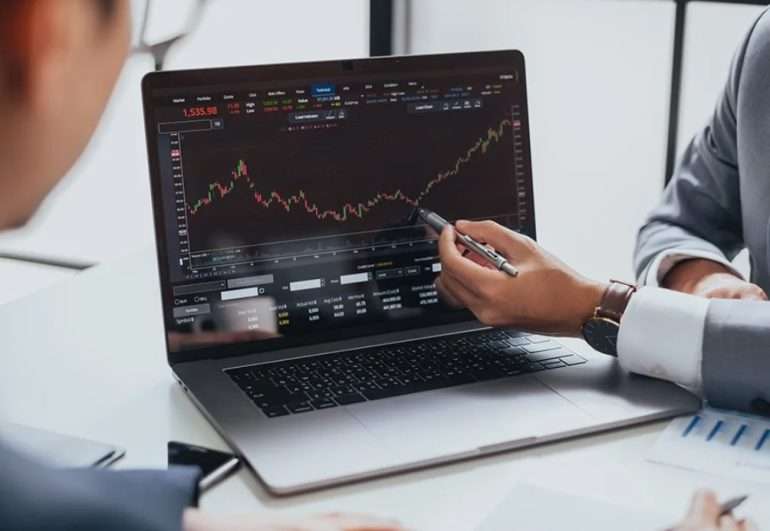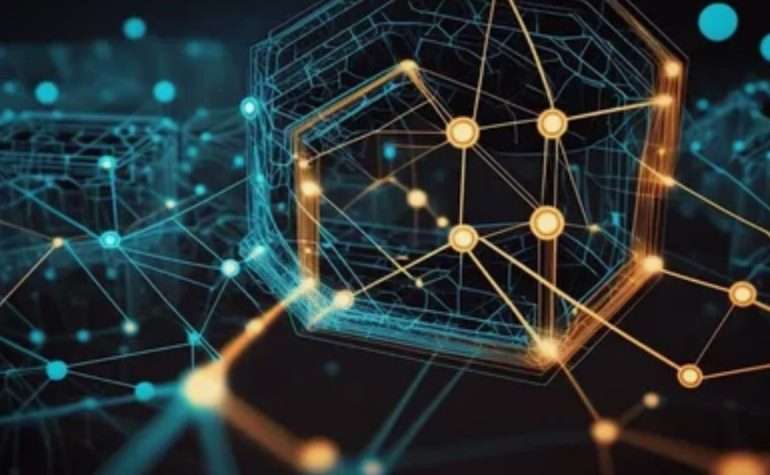The balance of payments (BOP) is a crucial economic indicator that summarizes all economic transactions between a country and the rest of the world over a specific period. Understanding whether the BOP reflects credit or debit involves grasping its components and how they interact. Let’s delve into the intricacies of the balance of payments and clarify its representation of credit and debit transactions. This article will explore the various accounts within the BOP, providing a clear understanding of how international transactions are recorded and interpreted.
Understanding the Current Account and its Components
The current account is a primary component of the balance of payments. It primarily tracks the flow of goods, services, income, and current transfers between a country and the rest of the world;
Here’s a breakdown of what constitutes a credit or debit within the current account:
- Exports of Goods and Services (Credit): When a country sells goods or services to other countries, it earns foreign currency. This inflow of foreign currency is recorded as a credit.
- Imports of Goods and Services (Debit): When a country buys goods or services from other countries, it spends foreign currency. This outflow of foreign currency is recorded as a debit.
- Income Receipts (Credit): Income earned by a country’s residents from investments abroad is a credit.
- Income Payments (Debit): Income paid to foreign residents from investments within a country is a debit.
- Current Transfers (Credit/Debit): Unilateral transfers like foreign aid received are credits, while aid given is a debit.
The Financial Account: Tracking Capital Flows
The financial account tracks investments and capital flows between a country and the rest of the world. This account provides insights into how a country is financing its current account deficits or utilizing its current account surpluses.
Here’s how credits and debits are represented in the financial account:
| Transaction | Effect on Financial Account |
|---|---|
| Foreign Direct Investment (FDI) Inflow | Credit |
| Foreign Direct Investment (FDI) Outflow | Debit |
| Portfolio Investment Inflow (e.g., foreigners buying domestic stocks) | Credit |
| Portfolio Investment Outflow (e.g., domestic residents buying foreign stocks) | Debit |
| Other Investments (e.g., loans, deposits) Inflow | Credit |
| Other Investments (e.g., loans, deposits) Outflow | Debit |
Capital Account and its Role in the BOP
The capital account records transactions that are not related to the production of goods and services. These are typically non-produced, non-financial assets.
The capital account is relatively small compared to the current and financial accounts. Examples include:
- Transfers of ownership of fixed assets
- Acquisition/disposal of non-produced, non-financial assets (e.g., patents, copyrights)
- Debt forgiveness
Official Reserve Account
The official reserve account tracks changes in a country’s official reserves, which are assets controlled by the central bank. These reserves are used for financing payment imbalances.
This account reflects transactions in official reserve assets such as gold, foreign exchange, and Special Drawing Rights (SDRs).
FAQ: Balance of Payments Clarifications
Here are some frequently asked questions about the balance of payments to further clarify the concepts:
- What happens if a country has a current account deficit? A current account deficit means a country is importing more goods and services than it is exporting. This deficit is typically financed by a surplus in the financial account, meaning the country is attracting foreign investment.
- Can the balance of payments be in surplus or deficit overall? In theory, the balance of payments should always balance. Any deficit in one account should be offset by a surplus in another. However, due to statistical discrepancies and errors, a statistical discrepancy item is often included to ensure the balance of payments sums to zero.
- Why is understanding the balance of payments important? The balance of payments provides crucial information about a country’s economic health and its interactions with the global economy. It helps policymakers make informed decisions about trade, investment, and exchange rate policies.
The balance of payments (BOP) is a crucial economic indicator that summarizes all economic transactions between a country and the rest of the world over a specific period. Understanding whether the BOP reflects credit or debit involves grasping its components and how they interact. Let’s delve into the intricacies of the balance of payments and clarify its representation of credit and debit transactions. This article will explore the various accounts within the BOP, providing a clear understanding of how international transactions are recorded and interpreted.
The current account is a primary component of the balance of payments. It primarily tracks the flow of goods, services, income, and current transfers between a country and the rest of the world.
Here’s a breakdown of what constitutes a credit or debit within the current account:
- Exports of Goods and Services (Credit): When a country sells goods or services to other countries, it earns foreign currency. This inflow of foreign currency is recorded as a credit.
- Imports of Goods and Services (Debit): When a country buys goods or services from other countries, it spends foreign currency. This outflow of foreign currency is recorded as a debit;
- Income Receipts (Credit): Income earned by a country’s residents from investments abroad is a credit.
- Income Payments (Debit): Income paid to foreign residents from investments within a country is a debit.
- Current Transfers (Credit/Debit): Unilateral transfers like foreign aid received are credits, while aid given is a debit.
The financial account tracks investments and capital flows between a country and the rest of the world. This account provides insights into how a country is financing its current account deficits or utilizing its current account surpluses.
Here’s how credits and debits are represented in the financial account:
| Transaction | Effect on Financial Account |
|---|---|
| Foreign Direct Investment (FDI) Inflow | Credit |
| Foreign Direct Investment (FDI) Outflow | Debit |
| Portfolio Investment Inflow (e.g., foreigners buying domestic stocks) | Credit |
| Portfolio Investment Outflow (e.g., domestic residents buying foreign stocks) | Debit |
| Other Investments (e.g., loans, deposits) Inflow | Credit |
| Other Investments (e.g., loans, deposits) Outflow | Debit |
The capital account records transactions that are not related to the production of goods and services. These are typically non-produced, non-financial assets.
The capital account is relatively small compared to the current and financial accounts; Examples include:
- Transfers of ownership of fixed assets
- Acquisition/disposal of non-produced, non-financial assets (e.g., patents, copyrights)
- Debt forgiveness
The official reserve account tracks changes in a country’s official reserves, which are assets controlled by the central bank. These reserves are used for financing payment imbalances.
This account reflects transactions in official reserve assets such as gold, foreign exchange, and Special Drawing Rights (SDRs).
Here are some frequently asked questions about the balance of payments to further clarify the concepts:
- What happens if a country has a current account deficit? A current account deficit means a country is importing more goods and services than it is exporting. This deficit is typically financed by a surplus in the financial account, meaning the country is attracting foreign investment.
- Can the balance of payments be in surplus or deficit overall? In theory, the balance of payments should always balance. Any deficit in one account should be offset by a surplus in another. However, due to statistical discrepancies and errors, a statistical discrepancy item is often included to ensure the balance of payments sums to zero.
- Why is understanding the balance of payments important? The balance of payments provides crucial information about a country’s economic health and its interactions with the global economy. It helps policymakers make informed decisions about trade, investment, and exchange rate policies.
But what if those strategies fail? Is there a contingency plan? Does a consistent current account deficit always indicate economic weakness, or could it reflect strategic investment in future growth? Conversely, does a persistent current account surplus necessarily imply strength, or could it signal under-investment in domestic opportunities? And how do exchange rate fluctuations impact the BOP components? If a country’s currency depreciates, does that automatically lead to increased exports and decreased imports? What role do government policies, such as tariffs and subsidies, play in shaping a nation’s balance of payments? Are these interventions always beneficial, or could they create unintended consequences? Furthermore, how does globalization and the increasing interconnectedness of economies affect the significance and interpretation of the BOP? In a world of complex supply chains and multinational corporations, is the traditional BOP framework still entirely relevant? Finally, what are the limitations of the BOP as a measure of economic well-being? Does it fully capture the complexities of a nation’s economic health and its impact on the lives of its citizens?




